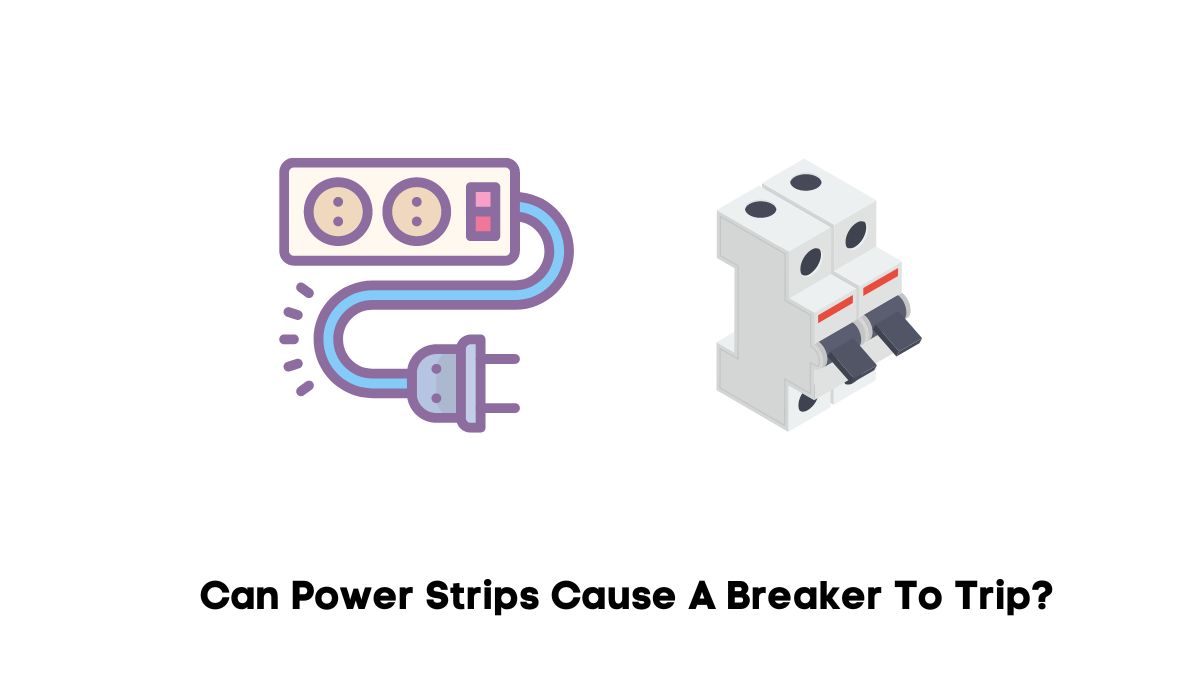Power strips can cause a breaker to trip because of overloading, faulty power strips, and circuit breaker limitations.
A breaker is a device that protects the circuit by cutting the power when it encounters excess current. Standard breakers respond to electrical surges and spikes. GFCI breakers defend against ground faults. They target areas that expose electrical devices to wet conditions. AFCI breakers trip when they detect arcing. They cut the power before the sparks can start a fire.
A power strip can trip all these breakers if it meets their conditions. However, this is true for every other electrical device on the circuit. You can only blame the power strip after disconnecting every other appliance in the house except for the equipment running on the power strip.
If the breaker continues to trip, you can blame the power strip. Otherwise, look elsewhere. Breakers can trip for various reasons, including:
- An overloaded circuit – If the total load exceeds the breaker’s capacity, it will cut the power to prevent the wires from overheating.
- A short circuit – Short circuits occur when the hot wire comes into contact with the neutral or ground lines (or the appliance’s metallic shell). The excess flow of current that occurs as a result trips the breaker.
- Ground fault – This is where the current leaving the panel doesn’t match the current coming back. You get ground faults when the electricity escapes into a different medium, such as water.
- Broken wires – Broken or frayed wiring leads to arcing. It allows electricity to jump between conductors.
- Aging equipment – Old appliances can overload a circuit by drawing more power than a breaker can handle.
- Lightning Strikes – Lightning strikes cause surges.
GFCIs have become commonplace in modern communities. However, you can’t say the same for AFCIs. This may encourage you to ignore them, especially when the power strip trips your AFCI breaker.
However, you don’t have a choice in the matter. This New York Electrical Inspection Agency guide has quoted the 2017 National Electrical Code, which increased the number of locations that require AFCI technology. You can’t escape these breakers.
Therefore, rather than trying to avoid them altogether, you are better off finding out why they trip when you connect a power strip. The sooner you identify the problem, the sooner you can solve it.
What Are The Common Causes of Breaker Tripping When Using Power Strips?
Power strips are inherently dangerous. However, that doesn’t mean it is normal for these devices to trip a breaker. The following can explain this phenomenon:
1). Types Of Devices That Can Overload Power Strips And Trip Breakers
An overload occurs when the circuit’s load exceeds the breaker’s capacity. The wire gauge determines the breaker’s rating. This is because the breaker exists to protect the wires. It prevents the cables from carrying more current than they can handle.
This is why power strips are so dangerous. People use them to increase the number of outlets at their disposal. For instance, if you have one outlet in a room and four appliances, you can buy a power strip with four or more outlets.
That sounds like a good thing. However, it also encourages consumers to overload the circuit. Two outcomes tend to occur:
- Homeowners attach heavy-duty items the power strip cannot handle. This can start a fire.
- Homeowners connect smaller appliances to the power strips. But they attach too many, and their total load overloads the power strip and circuit breaker.
With that in mind, apply caution when using heavy-duty appliances, especially when you expect the power strip to accommodate multiple devices. Questionable items include:
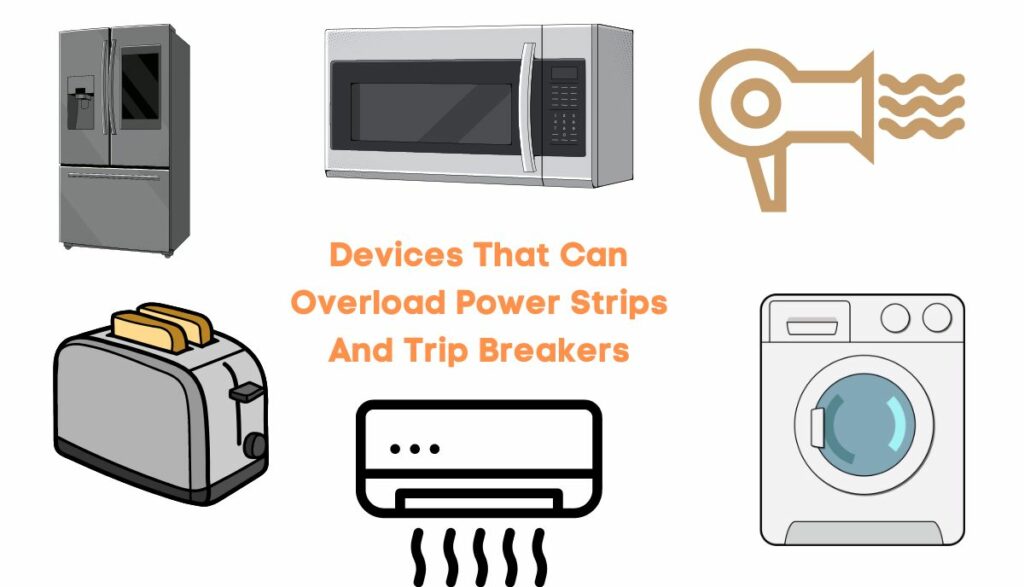
- Refrigerators – Even if you get a light-duty device that fits within the power strip’s capacity, fridges can use three times as much power or even more when they start.
- Microwaves – Microwaves use radiation to warm or cook your food, a process that uses too much power. This is why some people give them a dedicated circuit. Only pair these devices together if you intend to assign the microwave its own power strip.
- Blow Dryers – Blow dryers use 1,500 to 2,000 watts. Don’t be surprised if a power strip supporting a blow dryer catches fire.
- Toasters – Toasters must generate enough current to make the heating elements red hot. You don’t want to expose the power strip to all that power. It may overheat.
- Clothing Iron – Clothing irons trip breakers all the time. The power strip will only make things worse.
- Air Conditioners – Air conditioners are so powerful they need dedicated circuits. Don’t be surprised when an air conditioner destroys a power strip and trips the breaker.
- Air Compressors – compressors use too much power when they start. A compressor that uses 1500 watts during normal operations can draw 4500 watts when it starts.
- Washing Machines – Washers, and dryers need a dedicated circuit because they use too much power. They will overload the power strip.
Basically, any appliance that uses more current than the circuit can handle will trip the breaker. The more devices you connect to the power strip, the higher the chances of the power strip tripping the breaker.
2). Faulty Or Damaged Power Strips
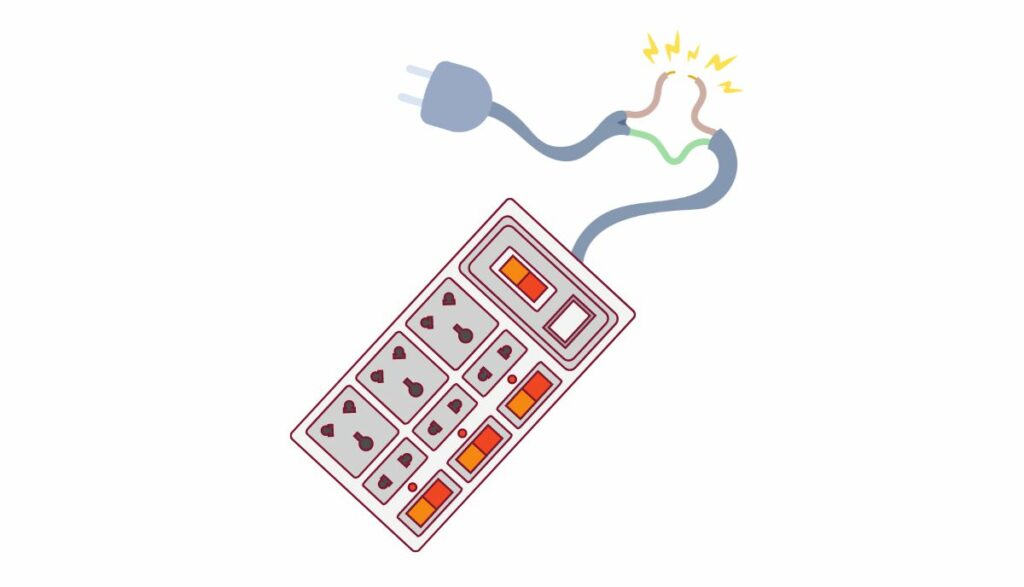
This MIIA Risk Management guide doesn’t expect power strips to last five years. They can fail because of overloading, surges, excess heat, and poor handling, to mention but a few. The prongs can wear out, causing arcing because they can’t maintain a firm connection with the outlet.
The power cord can sustain damage, exposing the wires and creating a fire and electrocution hazard. Circuit breakers can trip because of a short circuit. Short circuits can occur because of a damaged power strip. It is worth noting that some power strips fail because of factory defects.
3). Power Strip Surge Protection And its Effect On Breaker Tripping
According to Tripplite Eaton, surge protectors, and breakers perform different roles. The breaker responds to excess current. The surge protector, on the other hand, is concerned with a surge in the voltage.
It directs the surge to metal oxide varistors. The MOVs absorb the surge, protecting the connected equipment. While you can buy dedicated surge protectors, many power strips are equipped with surge protection mechanisms.
Don’t assume that a power strip has surge protection without checking the manual to confirm. Surge protectors and breakers have nothing to do with one another. The power strip will trip the breaker because of a short circuit or overload. Surge protection is not part of the equation.
4). Circuit Breaker Limitations
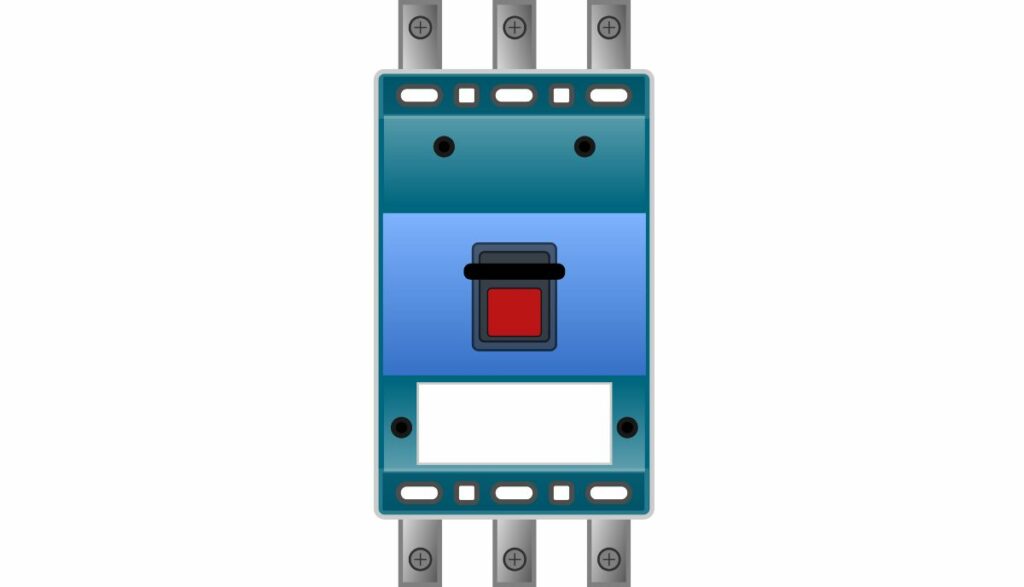
Circuit breakers have a lifespan of 20 to 40 years. But these devices are far from perfect. They can fail earlier than that because of extreme temperatures, short circuits, and surges. Breakers are supposed to trip when they encounter surges. But a powerful lightning strike can destroy a circuit breaker.
Don’t blame the power strip for the incessant tripping until you inspect and troubleshoot the circuit breaker. Faulty breakers will manifest additional signs, such as:
- A burning smell.
- Burn marks.
- Excess heat in the panel.
- Flickering lights.
- Low voltage.
- Melted wires.
What Is The Power Strip Maximum Load Capacity?
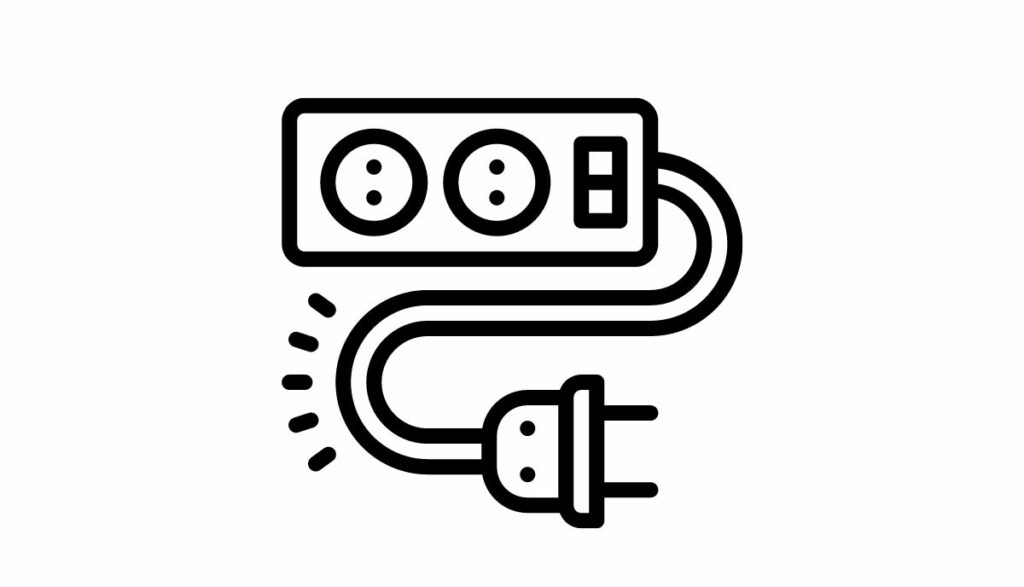
Consumers use the gauge to select power strips. The gauge tells you the volume of current a power strip can tolerate. The higher the gauge, the greater the power strip’s capacity.
You can buy power strips that match the conventional 15A and 20A circuits found in most homes. You can also purchase heavy-duty power strips that exceed the capacity of the average home’s circuit.
Power strips are dangerous because laypeople tend to buy the weakest models with the lowest capacity due to their friendly price tags. However, theoretically, the market has a power strip for every residential appliance you can imagine, including heavy-duty air conditioners and refrigerators.
But the larger the gauge, the more expensive the power strip. It is cheaper to use a wall outlet.
Tips For Preventing Breaker Trips When Using Power Strips
- Don’t run heavy-duty appliances on power strips.
- If you need a power strip, get a dedicated one for devices with significant electrical requirements. For instance, you should give the refrigerator its own power strip. Don’t connect any other devices.
- Make sure the gauge matches the load size.
- Match the power strip type to the location. For example, don’t use indoor power strips outside. Manufacturers make outdoor power strips for a reason.
- Don’t daisy-chain power strips. This increases resistance, making overheating more likely. If one power strip is too short, get a longer replacement. If the outlets are insufficient, get a power strip with more outlets.
- Replace damaged power strips, especially if you’ve owned them for multiple years. Don’t cover the tears on the power cord with electrical tape. Electrical tape is a temporary measure.
- Unplug appliances you’re not using.
- If the appliance has a motor, ensure the power strip’s capacity exceeds the appliance’s starting wattage.
- Don’t use the power strip permanently. It should act as a temporary measure, not a permanent wiring solution.

